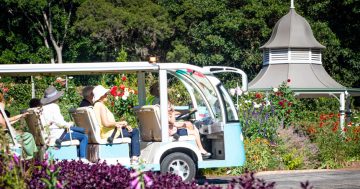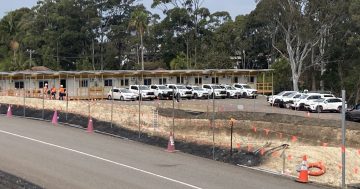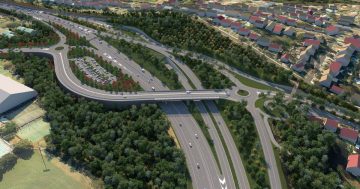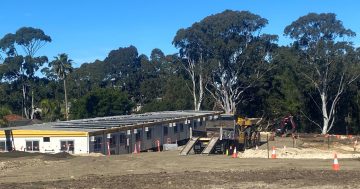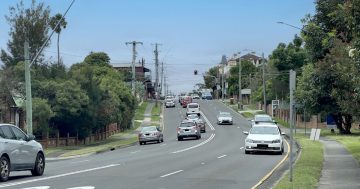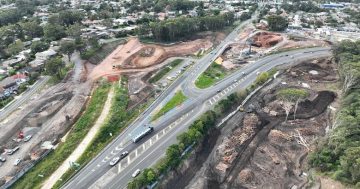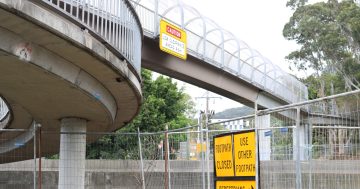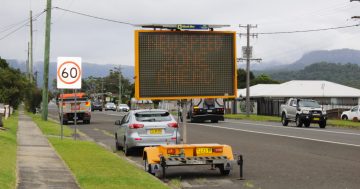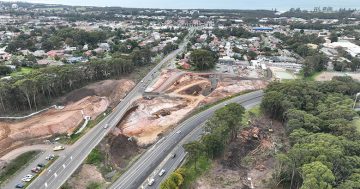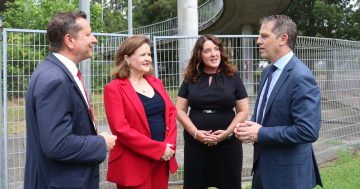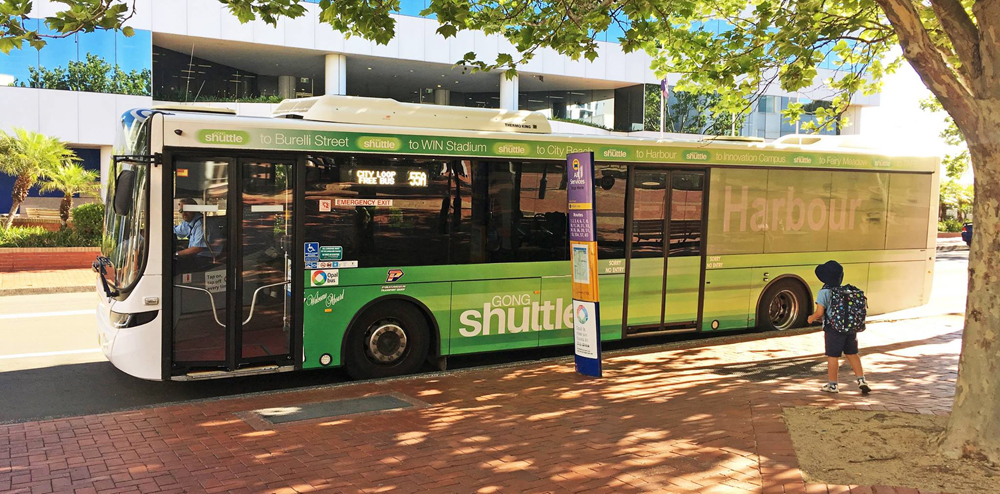
Are more roads – or better public transport – the solution to the Illawarra’s transport needs? Photo: Supplied.
Tripoli Way, the Mount Ousley Interchange, Dapto on- and off-ramps, the Bulli bypass investigation and a potential transport corridor between the Illawarra Highway at Albion Park and the M1 at Yallah are just some of the transport projects that have been announced or funded in the Illawarra over the past year.
All of them have one thing in common – they’re designed to make the movement of private cars around our region more efficient.
Although all of the roads and suburbs mentioned have transport and congestion issues, some argue that more car infrastructure is not necessarily the best long-term fix.
In the US, a 26-lane freeway in Texas failed to improve traffic congestion for commuters.
The video below shows how the Katy freeway grew to a massive size – and why it hasn’t solved Houston’s traffic problems.
A number of Wollongong-based groups, including Healthy Cities Illawarra and the Illawarra Bicycle Users group, think there are better solutions to the congestion issue.
They argue more funding for public and active transport infrastructure could reduce congestion on our roads at a fraction of the cost, with health, social and environment benefits too.
Healthy Cities Illawarra volunteer and engineer George Takacs said something we’d been slow to realise in Australia was that traffic was made up of cars.
“We’re spending $390 million on the Mount Ousley Interchange and hundreds of millions on the Albion Park Bypass, but we never see a similar level of investment that enables people to replace short trips in cars with cycling and walking,” he said.
“In Bulli for example, people think the problem is just about through traffic. But if the through traffic wasn’t competing with local traffic, if you could get people out of cars for local trips, the need for a bypass disappears.
“The health benefits are massive. The latest study from Scotland at the end of 2024 found cycle commuters had 40 per cent reduction in all causes of death.
“This is after they correct for other factors like weight, alcohol consumption and smoking.”
Active transport infrastructure is far cheaper than new roads.
According to Australian Transport Assesment and Planning, construction costs for pedestrian/cycle paths in capital cities cost between $1.5 million and $3 million per km, while the average costs of freeways and highways cost about $5.4 million per lane per kilometre.
People who can’t drive, such as children, are often able to walk or ride a bike.
George said it could help reduce the cost-of-living burden on families too.
In areas where active transport and public transport are accessible and well-integrated, families can often get by with one car, saving on fuel, registration and servicing costs.
George and his wife raised their two children – now aged in their 20s – without a household car at all.
“We didn’t have a car when we had kids and we thought we’d see how it went,” he said.
“We’re lucky to have a bus stop at our front door, our kids’ primary school is 50 metres away and they could catch a bus to high school.
“We’re a 20-minute walk to the railway station and we both ride bikes.
“We hire a car a couple of times a year to go on holidays and that costs us less than rego and insurance, plus we always get to drive a new car that’s in good nick.”
Illawarra Bicycle Users Group president Edward Birt said active transport and public transport infrastructure went hand-in-hand.
He said the rail spine through the Illawarra was a solid start, but it needed more regular services and better connections with the people it served via bus and bike.
“We’ve got bike lockers going in at North Gong and it’s a good start but it’s one station,” he said.
“The lockers at Thirroul are booked out 24/7; there aren’t enough of them. We need a locker system linked to Opal cards like the one available at Sutherland station.
“Private cars are an important part of the transport mix but we have to think of the bigger picture, and busses and trains are far more effective at moving large numbers of people through an area.”
Edward said the internationally-recognised level of investment in active transport was 20 per cent of the total transport budget.
“The NSW Government has allocated $100 million for active transport across the state,” he said.
“When you look at the hundreds of millions allocated to the Mt Ousley Interchange alone, it’s chicken feed.”
He said as a result, many people who would like to walk or cycle lack the infrastructure to do so, or don’t feel safe using the infrastructure that’s available.
Similarly, a lack of flexibility and reliability means many people don’t use public transport, because they can’t depend on it to get them where they need to go.
“There are big developments going in at Wilton, Appin and West Dapto, and if you buy a home in one of those new estates you can’t get around without a car,” Edward said.
“There should be buses every hour, even if they’re empty at first, because if people know the service is there and it’s reliable they’ll use it.
“If you wait until there’s a traffic problem people have already set their habits. It’s too late.”








